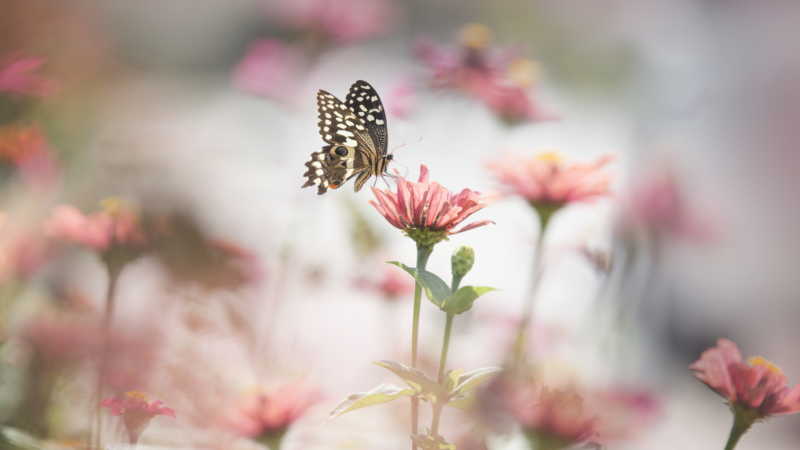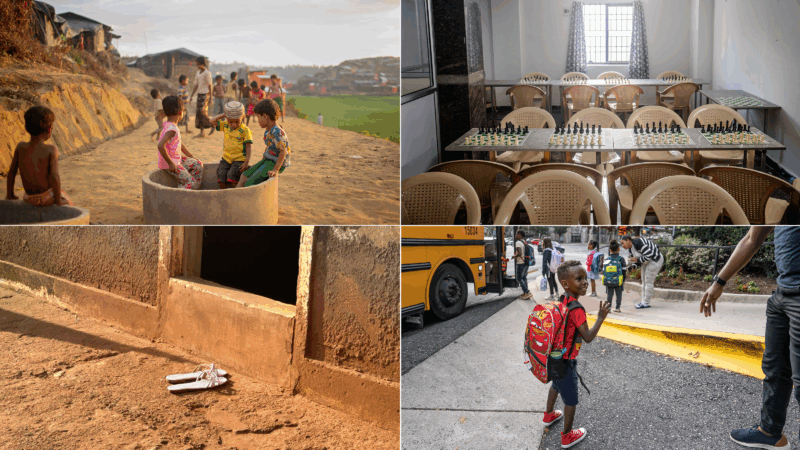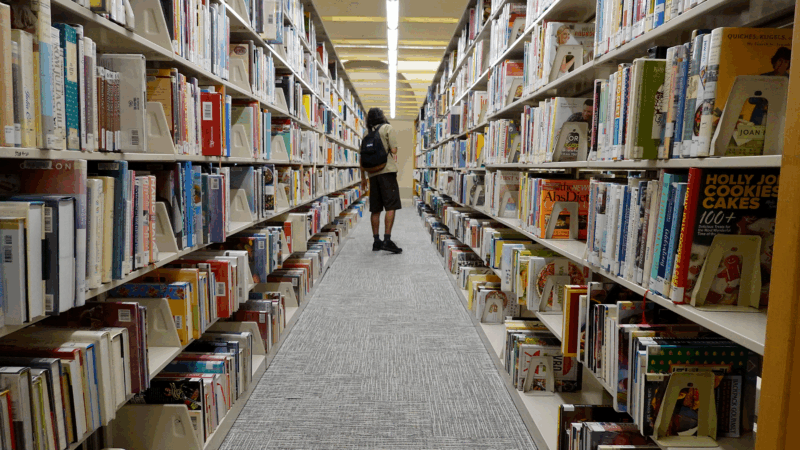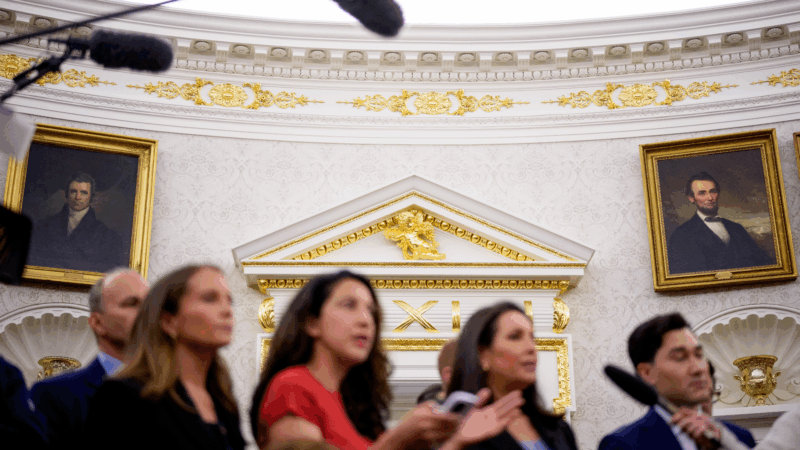Butterfly numbers have fallen by nearly a quarter since 2000
In the United States, perhaps no bug has been counted as often as the butterfly.
“There’s a lot of passion for them, they’re very charismatic,” says Collin Edwards, a quantitative ecologist at the Washington Department of Fish and Wildlife. That passion sparked scores of volunteers to spend hundreds of thousands of hours over the past several decades monitoring butterflies.
“Frankly, the amount of volunteer effort in the U.S. gives us really one of the best insect datasets in the world,” says Edwards.
But that dataset was a patchwork of separate, slightly different monitoring programs scattered across the country. To get a single, country-wide look at the state of these bugs, Edwards and a team of more than 30 butterfly researchers brought together and analyzed all these efforts — a total of 12.6 million butterfly sightings. Researchers say, the picture that emerged is worrying.
Since 2000, the number of butterflies in the United States has fallen by 22%, on average, researchers report Thursday in the journal Science. Butterfly abundance dropped in every part of the country, across a wide variety of species.
“It doesn’t sound like much, but 1 or 2% decline per year of any group is absolutely phenomenal when you compound that over more than one decade,” says David Wagner, a biologist at the University of Connecticut who wasn’t involved in the study. “The tree of life is being denuded at unprecedented rates.”
Only about 3% of the 554 species examined saw their numbers increase over this time period. Those more successful species tended to be ones that thrive closer to human development, the researchers found.
Averages can sometimes be deceiving, if big drops in a handful of species bring the overall average down. But that wasn’t the case for this analysis, says Edwards. “The median species declined by more than 40%. That was where it really hit me that this is really big.”
Butterfly numbers fell in every region of the country, though the southwest saw the biggest drop. Overall, it didn’t matter much if the butterflies were big or small, specialized in living on certain plants or were generalists, or lived in moist or dry habitats — all sorts fared worse over the two decades.
“When we see declines that are so widespread spatially and across traits, it’s really apparent that a lot of the drivers are these really big processes — some combination of habitat loss, pesticide use and climate change” says Edwards.
Large-scale conversion of natural lands, for agriculture or other kinds of development, have shrunk the habitats butterflies need to thrive. Pesticides used in farming are directly harming many species, especially in the Midwest. And climate change is pushing critters out of their comfort zones. For instance, the researchers found butterflies in more northern regions were doing better, though still declining, than those down south, where many areas are getting hotter and drier.
These forces are likely driving declines in other, harder-to-study insects, from beetles to wasps, says Wagner. “If butterflies are declining at 1.3% a year, we can bet that these 10 million other species that share our planet and make it run are in trouble, too. Nature collapses without them.”
Addressing any of these three drivers will take national or international action, including limiting greenhouse gas emissions and regulating the use of certain pesticides, Edwards says. “I can’t fix climate change myself, and that can feel really depressing and disempowering,” he says. “But habitat loss is something we can really affect.”
Cultivating pollinator-friendly plants in your backyard can provide food and nectar for caterpillars and butterflies, says Edwards. Such efforts can actually help mitigate some of the effects of climate change by ensuring butterflies — and other insects — have more stable sources of food, says Edwards. “We can really make a difference at that scale.”
From chess to a medical mystery: Great global reads from 2025 you may have missed
We published hundreds of stories on global health and development each year. Some are ... alas ... a bit underappreciated by readers. We've asked our staff for their favorite overlooked posts of 2025.
The U.S. offers Ukraine a 15-year security guarantee for now, Zelenskyy says
Ukrainian President Volodymyr Zelenskyy said Monday the United States is offering his country security guarantees for a period of 15 years as part of a proposed peace plan.
Genre fiction and female authors top U.S. libraries’ most-borrowed lists in 2025
All of the top 10 books borrowed through the public library app Libby were written by women. And Kristin Hannah's The Women was the top checkout in many library systems around the country.
Why do so many people ring in the new year on Jan. 1?
Much of the world follows the Gregorian calendar, named after Pope Gregory XIII, who put the finishing touches on a Roman system that integrated ideas from other cultures.
A ‘very aesthetic person,’ President Trump says being a builder is his second job
President Trump was a builder before he took office, but he has continued it as a hobby in the White House.
Teens are having disturbing interactions with chatbots. Here’s how to lower the risks
Teen use of AI chat bots is growing, and psychologists worry it's affecting their social development and mental health. Here's what parents should know to help kids use the technology safely.







